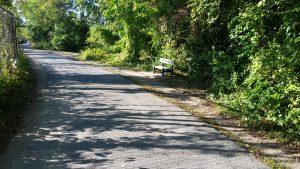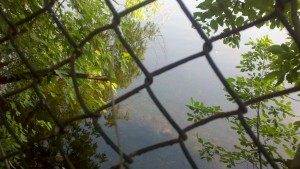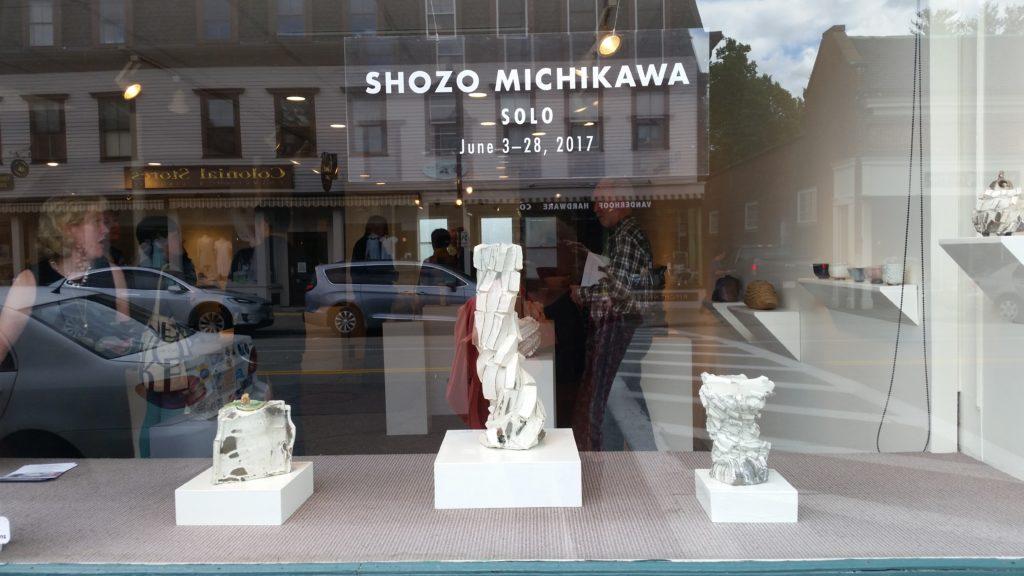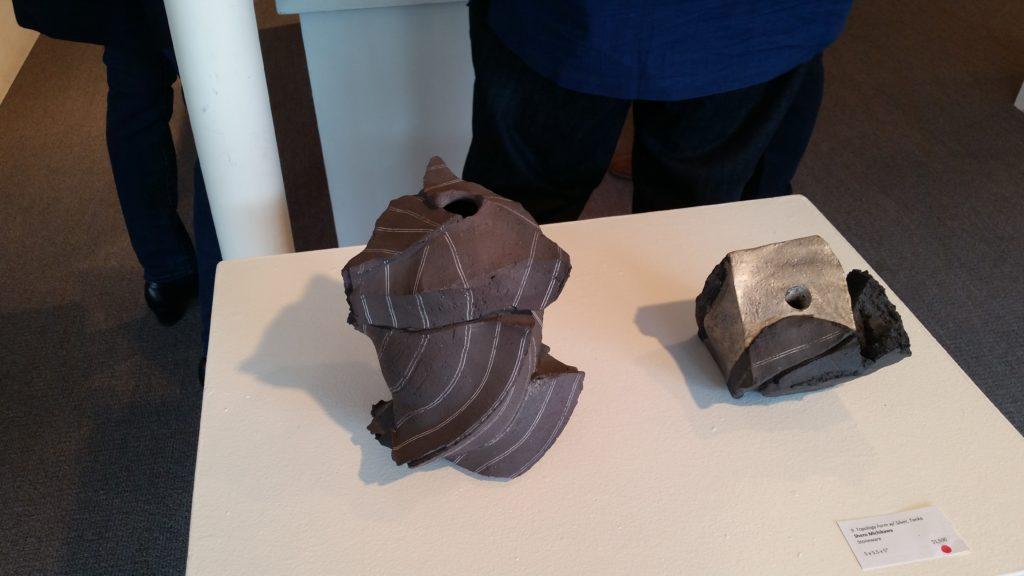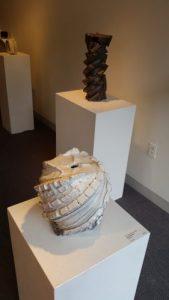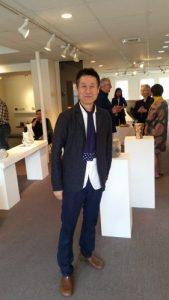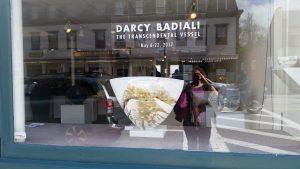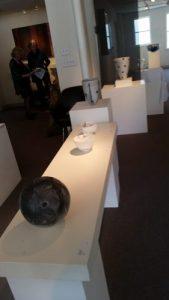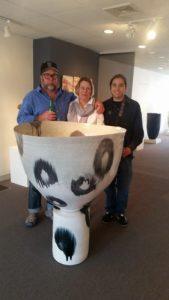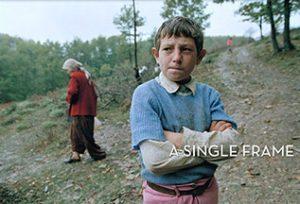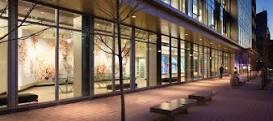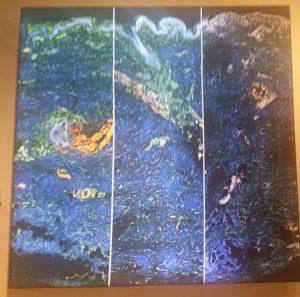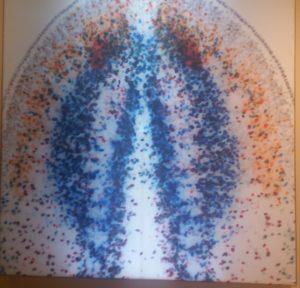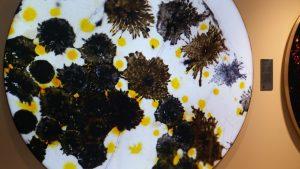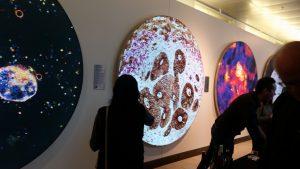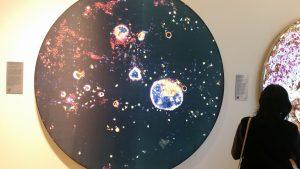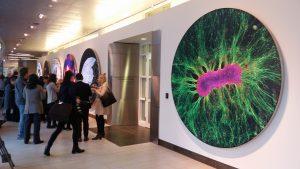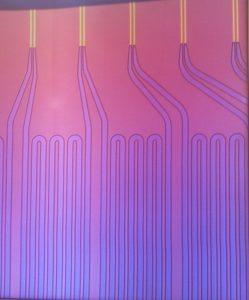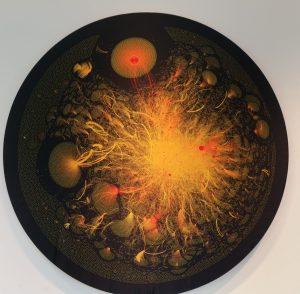When I was growing up in Albany, my mother, our friend Dorothy and I frequently drove over to the Sterling and Francine Clark Art Institute, in Williamstown, MA, to see the Degas, Renoirs and other European and American works from the museum’s collection.

Clark Institute-Opened in 1955
Over the years, the marble building, which opened in 1955, became increasingly crowded with visitors.
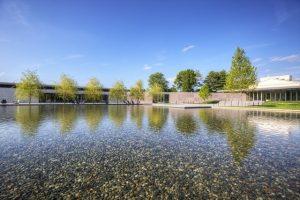
Clark-Center_ReflectingPool_Opened 2014
But recently, the Clark has added more than 2,200 square feet of new gallery space in a fabulous new, light-filled wing called the Clark Center; a library and research center; and, on a hilltop across the 140 acre campus, the Lunder exhibit center.
This summer, I viewed woodcuts and large-scale paintings by the American Artist Helen Frankenthaler (1928-2011), and prints by the Spanish artist, Pablo Picasso–all in the Clark’s new buildings.
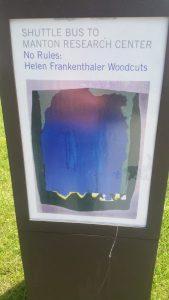
No Rules: Helen Frankenthaler Woodcuts
No Rules
The woodcut show, “No Rules,” takes its name from a quote from Frankenthaler:
There are no rules, that is one thing I say about every medium, every picture . …that is how art is born, that is how breakthroughs happen. Go against the rules or ignore the rules, that is what invention is about.
As a Frankenthaler Foundation writeup explains: in 1983, having experimented with lithography, etching and screen printing, Frankenthaler traveled to Japan to work with the expert woodcarver Reizo Monjyu and the printer Tadashi Toda.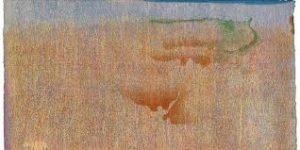
“These efforts resulted in an entirely new, layered approach to color, which differed from traditional forms of woodcut in which images are pulled from a single carved block or from several different color blocks.”In the 1990s and early 2000s,
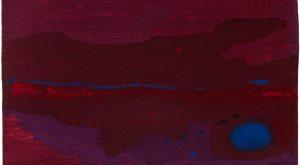
Japanese Maple, woodcut, 2005
Frankenthaler continued to experiment in woodcuts , working with dyed paper pulp printed with color blocks to create layers of color. For Tales of Genji (1998) and Madame Butterfly (2000), she again collaborated with an expert Japanese carver, printers, and papermakers to produce stunning prints that are considered landmarks in the evolution of the woodcut medium.”
I especially liked her Japanese Maple (above) a 16-color woodcut displaying the deep, vibrant tones of such trees–but no images.
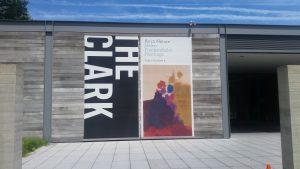 As in Nature
As in Nature
I found “As in Nature” (twelve large-scale paintings exhibited in the Lunder Center at Stone Hill) breathtaking: vibrant shapes and colors demonstrating tension between abstract art and nature.
As suggested in a Frankenthaler Foundation press release, Frankenthaler’s work maintains “a complicated relationship” with traditional landscape painting– showing nature as a joyous respite, despite its unpredictability and even violence.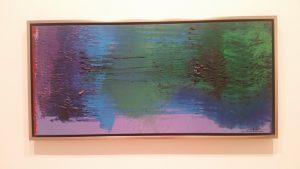
Many of Frankenthaler’s works of the 1980s and ’90s… feature ‘unsettling contrasts among colors and forms, evoking the drama inherent in nature, beauty and destruction…”

After viewing the paintings, I walked down the road toward the reflecting pool and the Clark Center with heightened awareness of the vibrancy and serenity of the trees, plants, white clouds and blue sky. 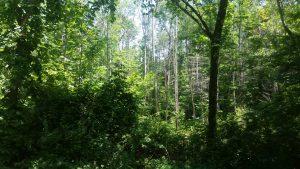
Shifting my gaze from the stunning museum architecture to the vibrant hillside, I felt engaged in the synergy of manmade artistic structures and natural ones, each creation highlighting the beauty of the others.
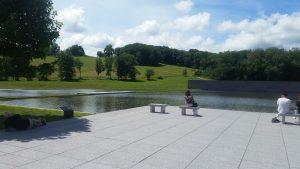
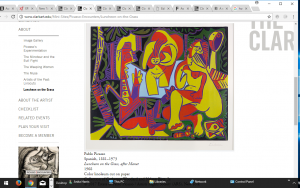
Picasso/Encounters
I would be remiss not to mention the fascinating Picasso | Encounters, which “ explores the artist’s interest in and experimentation with large-scale printmaking throughout his career.” The exhibit, in the Clark Center, displays Picasso’s “evolving techniques, the narrative preoccupations that drove his creativity, the muses who inspired and supported him, and the often-neglected issue of the collaboration inherent in print production. Showcasing 35 prints and three paintings, the exhibit includes portraits, portraits and scenes such as “Luncheon on the grass,” after Manet’s “Dejeuner Sur L’herbe.” Several of the works bring the viewer perhaps uncomfortably “up close and personal” to the women in Picasso’s life.
According to a Clark writeup, Picasso (Spain, 1881-1973)had a complex relationship with women. He once argued: ‘There are only two types of women—goddesses and doormats.’ Such misogynist statements align with historical understandings of Picasso’s various muses as passive. But for Picasso the relationship was much more complicated; as his goddesses, these muses inspired his art and were the foundation of his family life. While it is perhaps easier to understand these women as servile, they were essential to Picasso’s life and art as collaborators and partners.”
Frankenthaler’s “No Rules” will be on view through September 24; “As In Nature” through October 9, and the Picasso “Encounters” through August 27. See them all if you can.
The Clark’s permanent collection features European and American paintings, sculpture, prints, drawings, photographs, and decorative arts from the Renaissance to the early twentieth century. The collection is especially rich in French Impressionist and Academic paintings, British oil sketches, drawings, and silver.
–Anita M. Harris
Anita Harris is a writer, photographer and communications consultant based in Cambridge, MA.
New Cambridge Observer is a publication of the Harris Communications Group, located in Kendall Square, Cambridge.
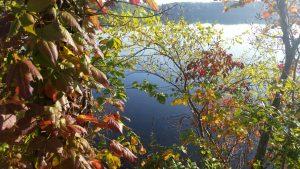 They apply to runners, walkers, bikers and dog people. (Well, to everyone)
They apply to runners, walkers, bikers and dog people. (Well, to everyone)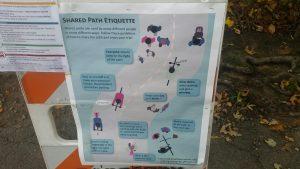


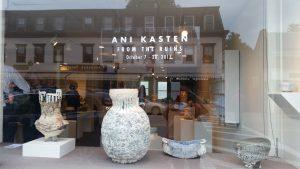
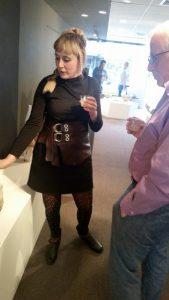
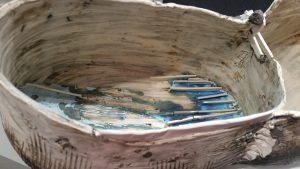
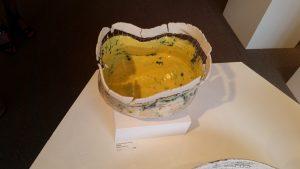
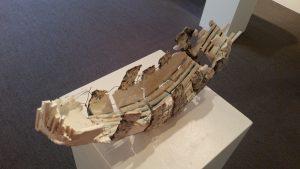 According to a gallery publication, Kasten was drawn to the medium of clay as an apprentice to British ceramist Rupert Spira, Then she headed a stoneware making facility in Nepal for four years before returning to the USA to set up ceramic studios in California, Maryland and most recently Minnesota. She has exhibited her work nationally and internationally with works in the permanent collections of the Racine Art Museum, Wisconsin; the Weisman Art Museum Minneapolis MN; and the Sana’ a Collection, the US Embassy, Sana’ a Yemen.
According to a gallery publication, Kasten was drawn to the medium of clay as an apprentice to British ceramist Rupert Spira, Then she headed a stoneware making facility in Nepal for four years before returning to the USA to set up ceramic studios in California, Maryland and most recently Minnesota. She has exhibited her work nationally and internationally with works in the permanent collections of the Racine Art Museum, Wisconsin; the Weisman Art Museum Minneapolis MN; and the Sana’ a Collection, the US Embassy, Sana’ a Yemen.


